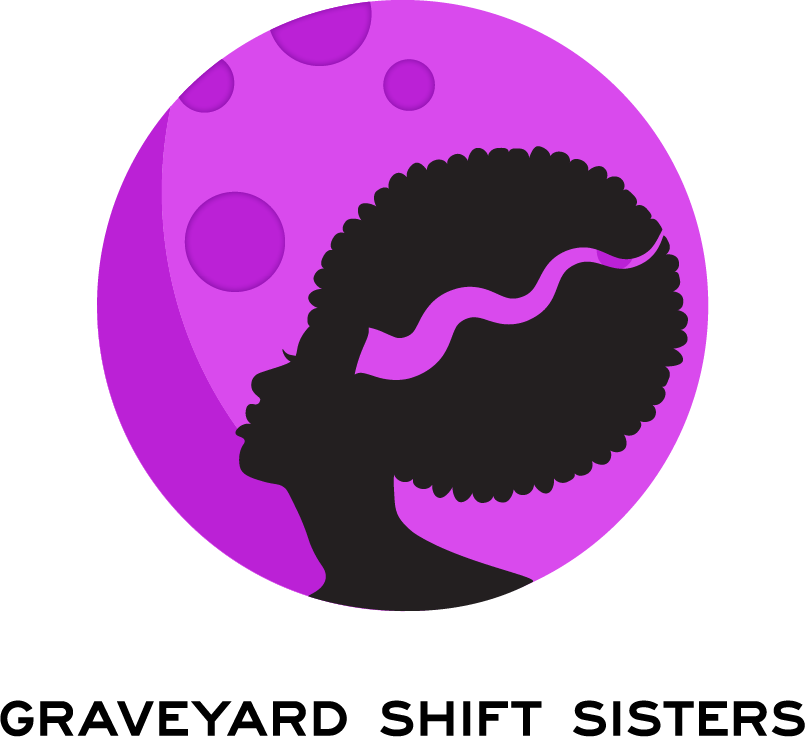Black Women Vampires in Film
Black female vampires have been depicted in a variety of ways that map the history of Black women's negotiation with intersectionality. I decided to look at one well-known character from each decade beginning with the 1970s, deciding that each character forms a narrative about how we possibly see Black female identity, even within ourselves.
The 70s: A Promising Beginning
Tina becomes entangled in the pursuit of Blacula who is a suspect in some mysterious disappearances and he feels there is no other choice but to turn her when she succumbs to a bullet meant for him. Not long to be developed as a full character, she's not much above an unseemly creature who is soon dispatched. Both Luva and Tina are more damsel to the romantic subplot than an active agent that moved the story along. The running theme in Black horror films in the 70's was a 'stand by your man' attitude many female characters embodied in a variety of complex ways. Unfortunately, Luva/Tina fades into obscurity in comparison to Blacula and other female leads.
The 80s: Questionable Reductions
Katrina (Grace Jones) in Vamp
The 90s: Riding The Renaissance Wave
Rita (Angela Bassett) in Vampire In Brooklyn
Noted, the main female protagonist Rita played by Angela Bassett opened the floor for questions of female agency, religion, lineage, and the ever intriguing themes of isolation and transformation in Black bodies in the popular imagination. There's a tug-o-war as to whether the main story was Rita's or Maximillion's played by Murphy. As the the anchor between good and evil, Rita struggled with an arc that was complicated by her established life of feeling like an Other in an otherwise normal society. With Max, she would be free of her turmoil. With Max, she would be an immortalized monster with no remorse. But with Max, she would terrorize the innocent and drown in (Rita's) moral depravity. Rita is perhaps the most layered amongst this group.
The 00s: Straight Up Street
I wish I could say more about this past decade. The small screen has seen more of a presence of Black vampire ladies, notably with Vampire Diaries and True Blood. The video market has filled the void with 2004's Vampz. A sellable teaser reveals:
The downtown jungle of Los
Angeles home to the downtrodden, forlorn and desperate makes the perfect roost
for this trio of ancient one's. When going out to "feed" becomes too
dangerous, they concoct a plan to bring their dinner home with an all night
massage parlor that offers to cater to the kinkiest of midnight tastes. But
when a young woman, who has been evicted by her husband arrives on their
doorstep, they don't realize the danger they are letting into their nest.
I cannot comment on its version of Black female vampires, but reviews exist to give you a better idea if it's worth the watch. I would say definitely if you love the iconic concept or studying these creatures.
Are there any other notable Black female vampire's in cinema's history?

